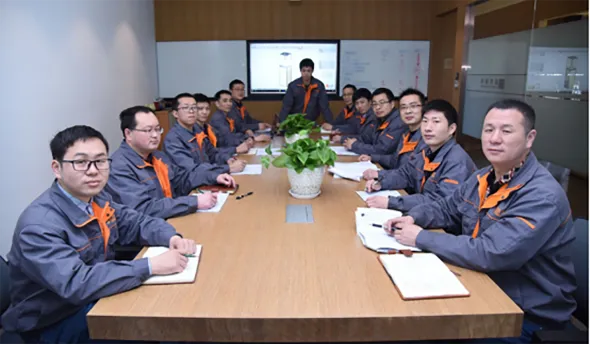hoist gantry crane
The Evolution and Significance of Hoist Gantry Cranes
Hoist gantry cranes have become indispensable tools in various industries, particularly in manufacturing, shipping, and construction. These robust structures are designed to lift and move heavy loads efficiently, making them a vital component of modern logistical operations. Their evolution has dramatically enhanced productivity and safety in workplaces across the globe.
At its core, a hoist gantry crane consists of a horizontal beam supported by two vertical legs, which glide along tracks. The hoisting mechanism—usually a chain or wire rope—allows for vertical movement of heavy materials. This design not only facilitates the lifting process but also increases mobility, as gantry cranes can be either fixed or mobile, the latter allowing for quick repositioning as needed.
Historically, cranes have existed in various forms since ancient times, evolving from basic designs powered by human strength or animal labor to sophisticated equipment operated by electricity or hydraulic systems. The introduction of hoist gantry cranes marked a significant leap in engineering, providing solutions to the limitations of traditional cranes, which were often stationary and less versatile.
hoist gantry crane

One of the primary advantages of hoist gantry cranes is their ability to work in tight spaces. Their structure permits operations in confined areas where larger cranes cannot operate effectively. Industries that require significant maneuverability, such as shipyards and warehouses, particularly benefit from this technology. Moreover, their adjustable height and span capabilities make them suitable for various lifting tasks, from heavy machinery to construction materials.
In addition to efficiency, safety is a major concern in any work environment. Hoist gantry cranes are designed with safety features such as overload protection, limit switches, and emergency stop buttons, reducing the risk of accidents. Training operators to manage these machines correctly is vital, ensuring that both the equipment and personnel remain safe during operations.
As we look to the future, the advancements in hoist gantry crane technology are promising. Innovations such as automated controls and integration with smart technology are on the rise, further enhancing their efficiency and ease of use. The push for sustainability is also influencing crane design, with energy-efficient systems becoming more prevalent.
In conclusion, hoist gantry cranes play a crucial role in modern industry. Their versatility, safety features, and continuing innovation ensure that they will remain a staple in heavy lifting, meeting the demands of an ever-evolving market. As industries progress, so too will these powerful machines, continually shaping the future of material handling.
-
Permanent Magnetic LiftersNewsNov.01,2024
-
Operations with an Adjustable CraneNewsNov.01,2024
-
Machine Moving SkatesNewsNov.01,2024
-
Industrial Lifting MagnetsNewsNov.01,2024
-
Effective Machinery MovingNewsNov.01,2024
-
Adjustable Gantry CraneNewsNov.01,2024
-
Unlock the Power of Lifting with Permanent Magnetic LiftersNewsOct.11,2024
